Lancaster man uncovers 'treasure trove' of post-war Germany pictures
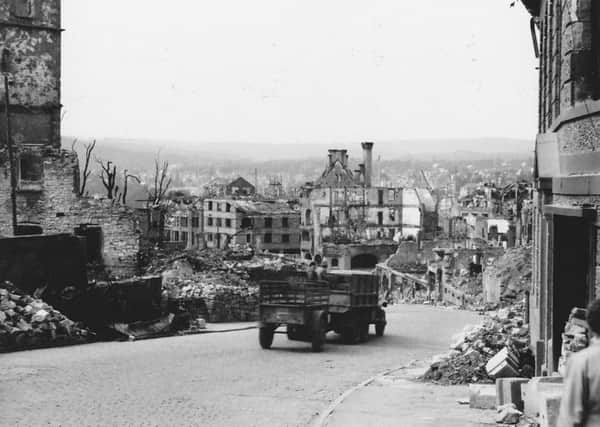

Christopher Eve took the 10 reels of film to Max Spielmann in Penny Street to be developed, and was “awed” by the images he discovered.
Mr Eve’s grandfather Harry Thurgar was the founder and managing director of Thurgar Bolle Ltd, a Northamptonshire-based plastics and comb manufacturer.
Advertisement
Hide AdAdvertisement
Hide AdAfter the war ended, he was appointed by the Board of Trade to visit Germany as part of the Allied Control Council, to conduct a survey of the German comb industry.
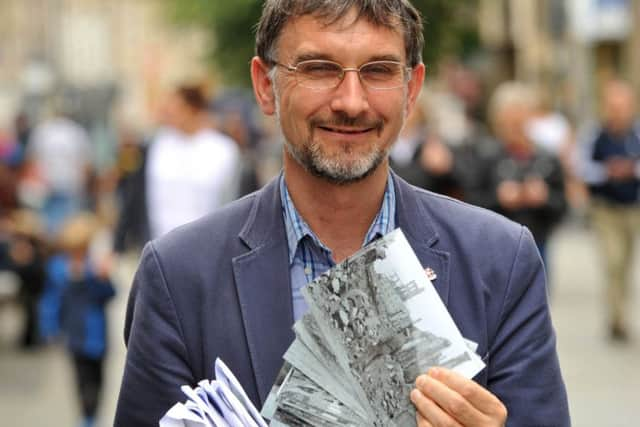

He visited the country in May and June 1946, which included stops in Hanover, Hamburg, Cologne, Munich, Weissenberg, Nuremberg, Stuttgart, Weisbaden and Frankfurt.
Mr Eve says he has no idea whether the 71-year-old films have ever been developed.
He said: “When I first saw the photos I was awed.
“Being 71 years old, they are truly a historical treasure-trove.
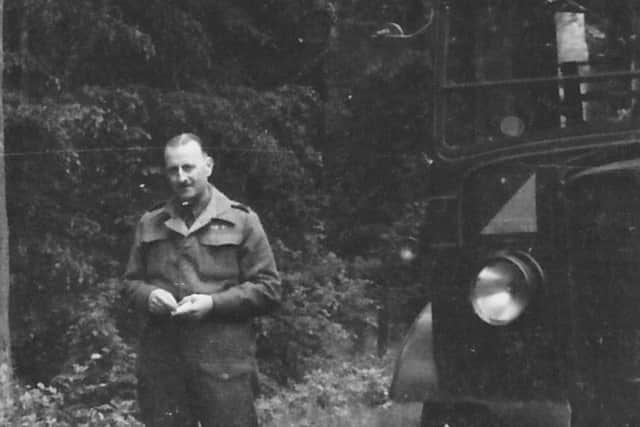

Advertisement
Hide AdAdvertisement
Hide Ad“The wreckage, as seen in the photos, was so immense and I pity the poor people who had to endure it.
“It’s chilling to realise that there would have been many bodies buried underneath all that rubble.
“It was my father’s Bomber Command comrades and those of the USAAF who caused all that devastation, as part of the effort to defeat the evil Nazi regime.
“The following winter (1946-47) was particularly harsh and living conditions were extremely difficult.
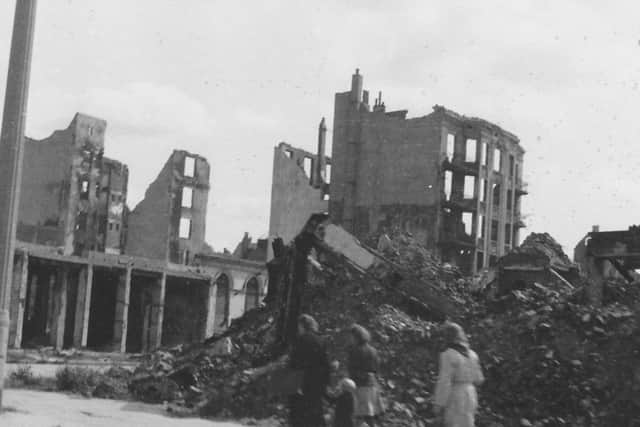

“Thousands of people died from cold and hunger in Germany.
Advertisement
Hide AdAdvertisement
Hide Ad“The photos also gave me a window into a period of my grandfather’s life which I only dimly knew about.”
The total collection comprises around 350 photos from 10 reels of 35 mil negatives. Mr Eve said the trip to Germany was a small part of the Allied powers’ intelligence gathering work after the war.
He added: “Fortunately, the negatives were labelled and from an HMSO publication of the time, which I have inherited, it is possible to date and place each photograph fairly accurately.”
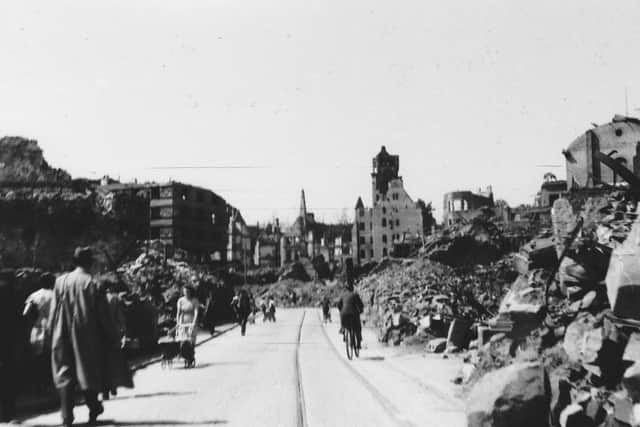

He said: “The four-man team, led by my grandfather, were required to wear army uniforms with grandpa given the honorary rank of Colonel. Over a period of four weeks, the investigators visited 30 firms situated in the British, American and French zones of occupation.
Advertisement
Hide AdAdvertisement
Hide Ad“These firms included actual comb makers, manufacturers of raw materials, comb making plant and tools and dyes.
“The team formed the general impression that no revolutionary developments in technique, or machinery, had taken place during the war, and in the main, the methods of production were similar to the usual British methods.”
Thurgar Bolle’s original factory in Alperton, Middlesex, had been bombed during the Luftwaffe’s Blitz during the winter of 1940-41.
During the War, it was requisitioned to make perspex canopies for fighter and bomber aircraft, the plastic elements for bomb sights on the Wellington bomber and the plastic parts for early radar.